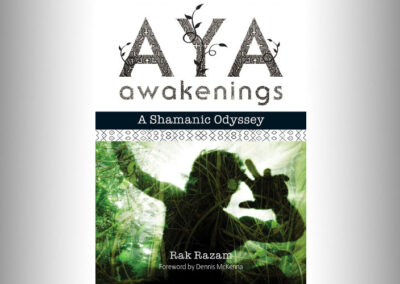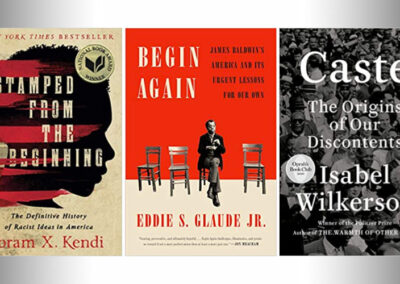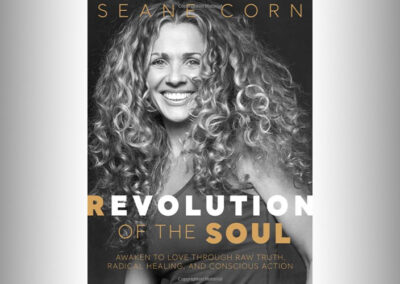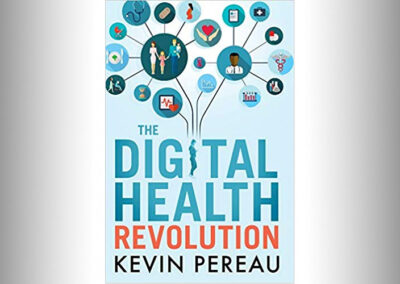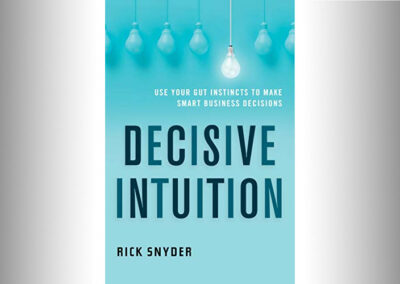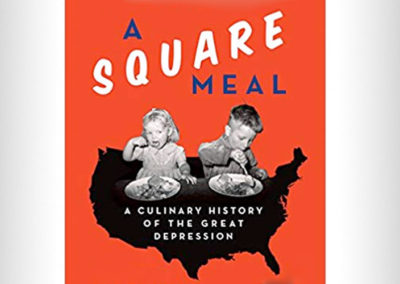
Book Review: “The United States Of Opioids” by Harry Nelson, JD
by Ricky Fishman, DC
There is a growing canon of work on the opioid epidemic. The best of these books include “Dreamland” by Sam Quinones, “Dopesick” by Beth Macy, and “Chasing the Scream” by Johann Hari. Each tells the story from a different angle. Together, they describe the confluence of heroin, Oxycontin, and fentanyl, the complicity of Big Pharma, and the failed “war on drugs.”
There is a new book to add to the list: “The United States of Opioids,” by Harry Nelson, JD. As a practicing health care attorney, Harry brings a legal eye—as well as a deep heart of compassion—to this very complex subject.
Nelson was brought into the opioid epidemic story via his defense of doctors who overprescribed opiates to patients; prescriptions that sometimes ended in fatal overdose. He has also represented celebrity clients caught up in the complicated web of problems that grow out of addiction. These experiences, coupled with his work in health care compliance law, give Nelson a unique perspective on the successes and failures of our health care system vis a vis drug addiction and treatment.
Through time immemorial, we human beings have sought to alter our consciousness. One of the main drivers of this urge has been the relief from pain. The most powerful of palliative potions comes from the opium poppy, which has been a source of anesthesia for bodies broken on the battlefield to the final suffering of terminal cancer patients. It has also been used to provide comfort from the ordinary aches and pains—physical and emotional—that life can dish up. While providing temporary relief, the powerfully addictive quality of opium-based drugs has also led to untold misery.
“United States of Opioids” tells the story of the epidemic, beginning in the 1990’s. (See “Chasing the Scream” for a deep history of the criminalization of opiates in the 1920’s and how that fueled the creation of a huge underground market.) There was an explosion of over prescribing, fueled by the aggressive and deceptive marketing techniques of a few pharmaceutical companies. Purdue Pharma, the producer of Oxycontin, was the central player. Company representatives, using very skimpy evidence, fabricated an “opiophobia,” suggesting to MDs that they were holding back unreasonably on the pain medications that patients needed. The sales reps minimized the addictive nature of the drugs they were selling. This led to a backlash against over-prescription, and most of the “pill mills” were shut down. But this caused a host of other problems for those who had become addicted, many of whom legitimately needed the pain meds. Many turned to the cheaper, easily available black tar heroin from Mexico, which found its way to the demographic centers of the epidemic.
Meanwhile, an even more lethal element in the epidemic has emerged: Fentanyl is a synthetic opioid that is many times stronger than heroin. It can be cheaply manufactured with ingredients shipped from Mexico, China, and elsewhere.
Despite criminal charges being filed against executives from Purdue and other opioid manufacturers, no one has gone to jail. The civil fines that were levied have simply been absorbed as a part of doing business in a multi-billion-dollar industry.
Nelson asserts that it is not only physical pain that people are medicating for, but also deep psycho-spiritual pain. He calls this a “byproduct of a culture of chronic stress, trauma, and increasing isolation as a result of technology and the erosion of social support in our communities.” We need to see the sick person as more than just an individual. They are embedded in a social structure, effected by employment, housing, education, and social support. Economic and technological changes are undermining communities, creating anxiety and uncertainty about where many will fit into a new world that seems to be moving ahead without them. Opioids offer temporary relief from this suffering.
The author describes how health care law also drives treatment. The 2008 Mental Health Parity Act integrated behavioral health into the mainstream medical model, while the 2012 Affordable Care Act, then made substance abuse treatment a “minimum essential health benefit.” Among the effects of these laws has been a focus on medically oriented treatment (i.e., anti-addiction drugs like Naltrexone and Methadone and other harm reduction strategies.) This approach can come into conflict with the recovery community programs that emphasize abstinence and sobriety. As in other parts of health care, insurance benefits often impact therapy. And there will always be unscrupulous players, waiting to pounce on the large amounts of money suddenly available; from opening marginally effective rehab programs to urine drug screening scams.
The final section of the book looks at the myriad alternative therapies that are being introduced both to ease the pain of withdrawal from addiction, help prevent relapse and provide pain relief without addictive pain meds.
******
As a chiropractor, I work in an occupational medical clinic treating serious industrial injuries. I see steel and warehouse workers, beer deliverers, maids, child care and elder care workers; the “heavy lifters” of our society. I work with medical doctors, nurse practitioners, acupuncturists and physical therapists. When a patient presents, the MD may prescribe some non-steroidal anti-inflammatories and a muscle relaxer. Opioids are never prescribed for incoming patients. Depending on the case, chiropractic may be the first stop post intake; or it may be acupuncture; or physical therapy. Treating pain with minimal pharmaceutical intervention is possible!
Nelson describes the importance of these modalities as well as the increased interest in CBD’s, the non-psychoactive component of marijuana. Anecdotally, I am hearing from patients about the pain relieving effects of CBD. They claim it can help with anxiety, sleep, relaxation, and other symptoms, and help a person in pain to avoid the addictive medicines.
The use of mind-altering substances to combat pain has been part of the human experience for time immemorial. Nationally, we must now revisit the many questions that have been avoided for too long. What is the effect of criminalization of many of these drugs? What are the appropriate ways to deal with acute and chronic pain? Algorithms for care need to include alternative/complementary therapies that can treat pain without addictive drugs. We need to look at the various ways to provide rehabilitative care; both short and long term. And we have to take into account the various psycho-social contributors that provide the context for the abuse of these drugs, both legal and illegal.
Harry Nelson has written an illuminating book that explores the nature of the opioid epidemic both broadly and deeply. His legal expertise provides a dimension not found in other books on the subject, as does his compassion for the suffering that has fueled this scourge. And compassion, as much as anything else, is required to minimize the tragic toll the opioid epidemic has taken on our country.
Copyright 2019 Ricky Fishman
To order a copy of The United States of Opioids: Buy at Amazon
 Dr. Ricky Fishman has been a San Francisco based chiropractor since 1986. In addition to the treatment of back pain and other musculoskeletal injuries, he works as a consultant in the field of health and wellness with companies dedicated to re-visioning health care for the 21st century.
Dr. Ricky Fishman has been a San Francisco based chiropractor since 1986. In addition to the treatment of back pain and other musculoskeletal injuries, he works as a consultant in the field of health and wellness with companies dedicated to re-visioning health care for the 21st century.



